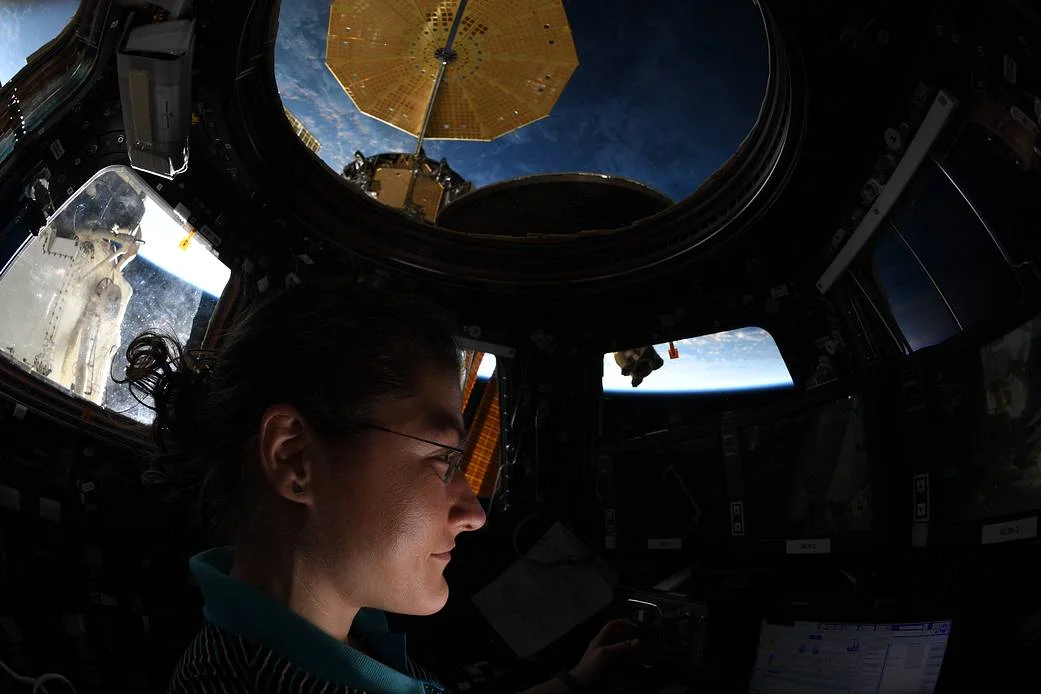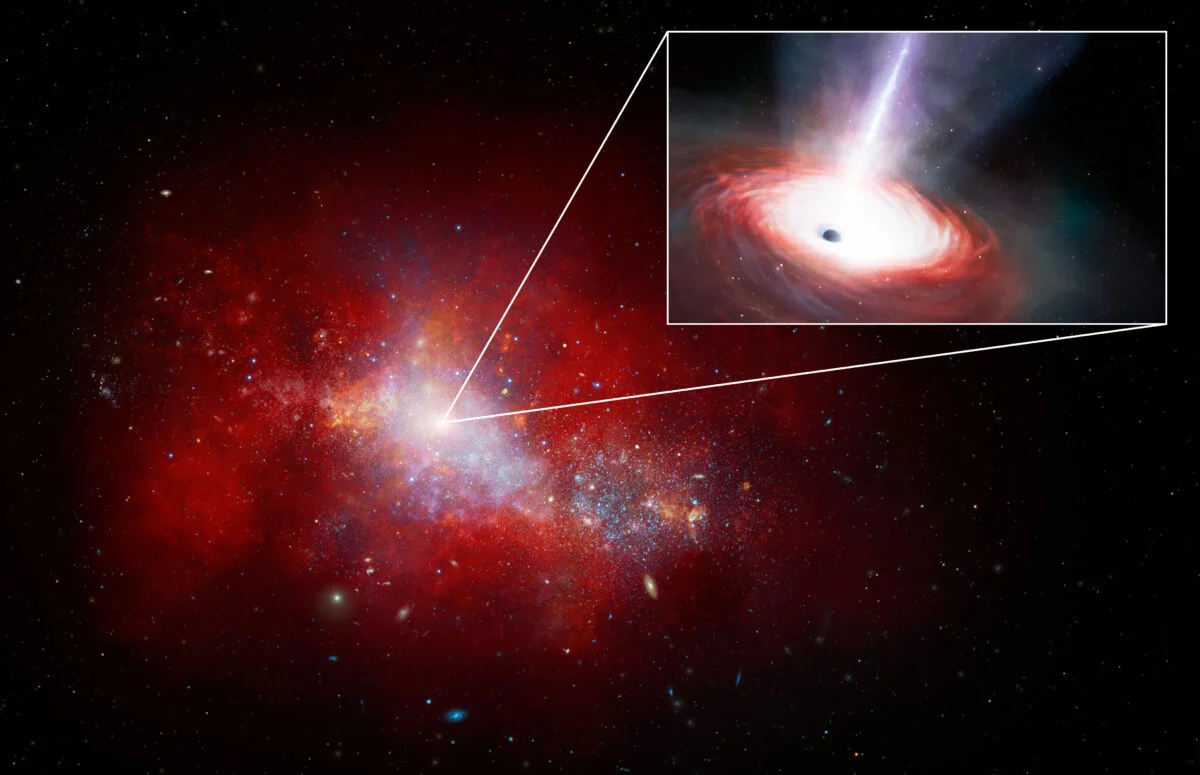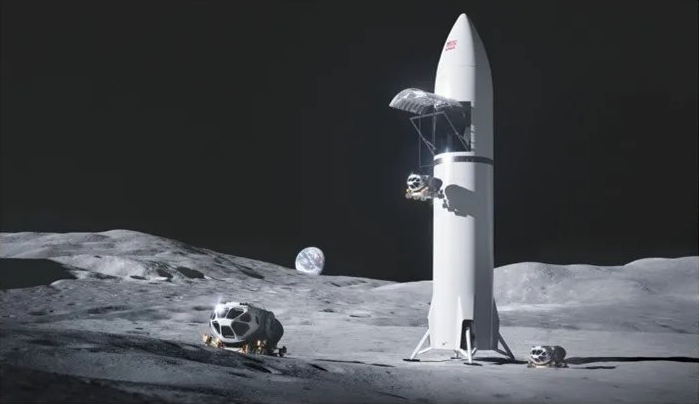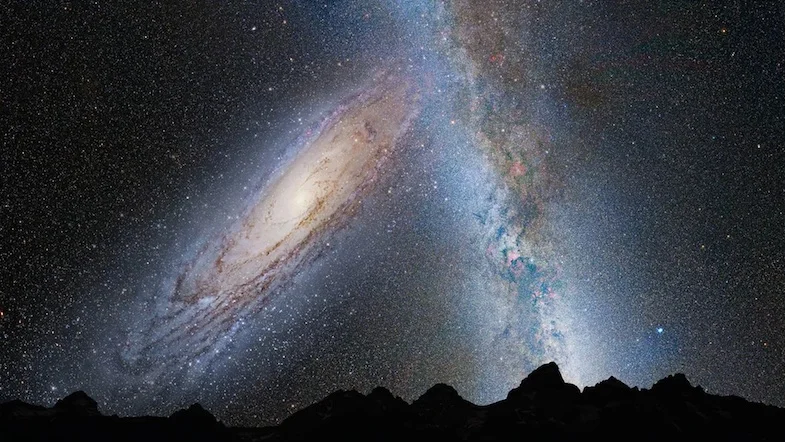
A Brief History of Astronauts Stranded in Space
- Space Exploration
- August 11, 2024
- 784
NASA’s recent decision to extend the mission of two Boeing Starliner astronauts highlights a long-standing history of space travelers facing unforeseen delays in their return journeys. While Barry “Butch” Wilmore and Suni Williams prepare to stay aboard the International Space Station (ISS) for months longer than planned, they join a lineage of astronauts whose missions were extended due to technical setbacks, geopolitical turmoil, or other unexpected challenges.
The Starliner Setback
On June 5, NASA’s Boeing Starliner spacecraft launched from Cape Canaveral Space Force Station, Florida, aiming to complete its Crew Flight Test (CFT). This test was intended to evaluate the craft’s capabilities for future regular ISS rotations. Originally, the mission was slated for just eight days, with Wilmore and Williams returning to Earth via a parachute-assisted landing.
However, shortly after liftoff, technical issues emerged, including helium leaks and failures in the reaction control system thrusters. The problems, located in Starliner’s service module, forced NASA and Boeing to repeatedly extend the mission. The astronauts conducted tests aboard the ISS, while engineers on Earth attempted to diagnose and address the issues, including rigorous thruster testing in New Mexico.
Ultimately, NASA decided to return Starliner to Earth without a crew, citing concerns over the thrusters’ reliability. The two astronauts will now return aboard SpaceX’s Dragon Freedom, scheduled to bring them home in February 2025. This change not only marks a major mission adjustment but also sets a record for the longest unplanned extension in spaceflight history.
Swapping Spacecraft
Changing spacecraft mid-mission is not new in human spaceflight. The practice dates back to 1969, when Soviet cosmonauts aboard Soyuz 4 and Soyuz 5 conducted the first-ever docking and spacewalk transfer between two vehicles. Over the years, spacecraft-swapping became routine for missions to Soviet space stations like Salyut 6, Salyut 7, and Mir, with visiting crews leaving newer Soyuz capsules for long-duration residents to use.
In the era of U.S.-Russia collaboration, joint missions often involved swapping between Soyuz and the Space Shuttle. For example, NASA astronaut Norm Thagard launched aboard Soyuz in 1995 but returned on the Shuttle Atlantis. Between 1997 and 2009, multiple astronauts flew to space aboard one shuttle and returned on another.
Stranded in Orbit
Mission extensions due to unforeseen circumstances are less common but not unheard of. Ken Bowersox, a veteran astronaut and former commander of the ISS, knows this experience well.
During his Expedition 6 mission in 2003, tragedy struck when Space Shuttle Columbia disintegrated during reentry, grounding the entire shuttle fleet indefinitely. Bowersox and his crew, who had planned to return on Shuttle Atlantis, instead remained in orbit for months. They eventually returned to Earth in a Russian Soyuz, marking one of NASA’s longest mission extensions at the time.
Other Prolonged Stays
Prolonged missions are often a product of geopolitical or technical challenges. In 1991, cosmonaut Sergei Krikalev found himself stranded on Mir when the Soviet Union collapsed. Originally scheduled to return after five months, he remained in space for ten months due to delays in launching his replacement crew.
Similarly, NASA’s Shannon Lucid experienced an extended stay on Mir in 1996 due to shuttle launch delays, while Peggy Whitson and Christina Koch broke records aboard the ISS with extended missions lasting nine months and nearly a year, respectively.
The 21st century has seen multiple mission extensions. Most recently, in 2022, a coolant leak in a Soyuz spacecraft left Russian cosmonauts and NASA astronaut Frank Rubio aboard the ISS for 371 days — the longest mission in the station’s history.
Sacrifices for Science
Astronauts often face immense personal sacrifices, enduring longer separations from their families and adapting to the challenges of extended microgravity exposure. NASA Administrator Bill Nelson praised these “extraordinary sacrifices,” noting their critical contributions to advancing humanity’s exploration goals.
For Wilmore and Williams, their unexpectedly extended mission reflects their resilience and dedication. By the time they return, they will have set a new benchmark for mission adjustments, marking another chapter in humanity’s journey to the stars — and, eventually, to Mars.



